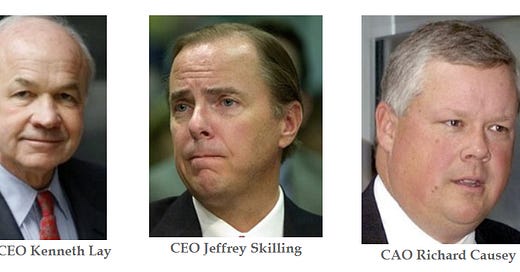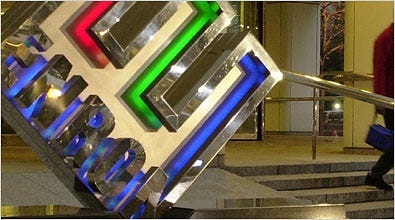Enron Corporation, once the seventh-largest company in the United States, collapsed in 2001 due to widespread financial fraud. The company's demise resulted in a $60 billion loss of market capitalization and the loss of over 30,000 jobs. This case study highlights the factors contributing to Enron's downfall and the lessons learned.
Financial fraud involves intentional or reckless conduct that results in materially misleading financial statements. Enron engaged in various fraudulent activities, including sham transactions and misuse of accounting rules. These activities were driven by management's pressure to meet financial targets and the opportunity presented by complex and opaque business structures.
Sham Transactions and Accounting Manipulation
Enron utilized sham transactions, such as the "Raptors," "Prepays," and "Barges" to conceal debt and inflate earnings.36 These transactions often involved related parties and special purpose entities (SPEs), making it difficult to discern their true nature.3
For instance, the "Raptors" were SPEs designed to hedge Enron's volatile energy investments. However, these entities were capitalized with Enron stock and involved secret agreements that ultimately transferred risk back to Enron.7 Similarly, "Prepay" transactions allowed Enron to disguise loans as operating cash flow, masking the true extent of its borrowing.
Enron's auditors, Arthur Andersen, played a key role in facilitating these fraudulent activities. The firm provided consulting services to Enron, including designing the LJM and Raptor structures, creating a conflict of interest. Andersen also approved Enron's accounting for these transactions, despite their questionable economic substance.
Role of Disclosure and Gatekeeper Failure
Enron's financial reports failed to adequately disclose the true nature of its transactions and financial condition. The company used complex structures and misleading disclosures to obscure its true financial performance. This lack of transparency was compounded by the failure of "gatekeepers," such as auditors and lawyers, to fulfil their responsibilities.
The Enron Trial: The Indictment
Former Enron Chairman and Chief Executive Officer Kenneth L. Lay Charged With Conspiracy, Fraud, and False Statements.
Key Takeaways from Enron
The Enron scandal underscores the importance of:
● Transparency and integrity in financial reporting.
●Strong corporate governance and internal controls.
● The role of independent auditors in safeguarding financial markets.
The collapse of Enron serves as a stark reminder of the devastating consequences of financial fraud.
Investors should be always look at the Integrity & Ethical qualities of Top management of the company they are investing. There is no replacement for that. Lack of Corporate Governance can lead to a sudden erosion of shareholder value and recovery is very difficult.
Source: Famous Trials





